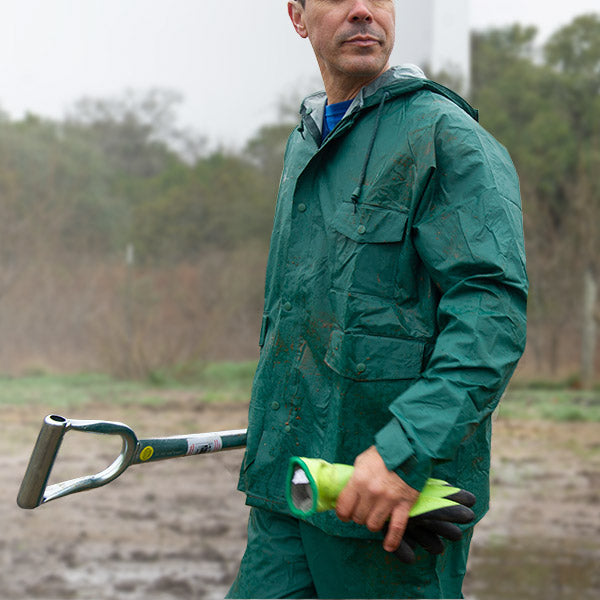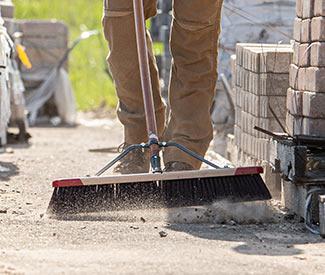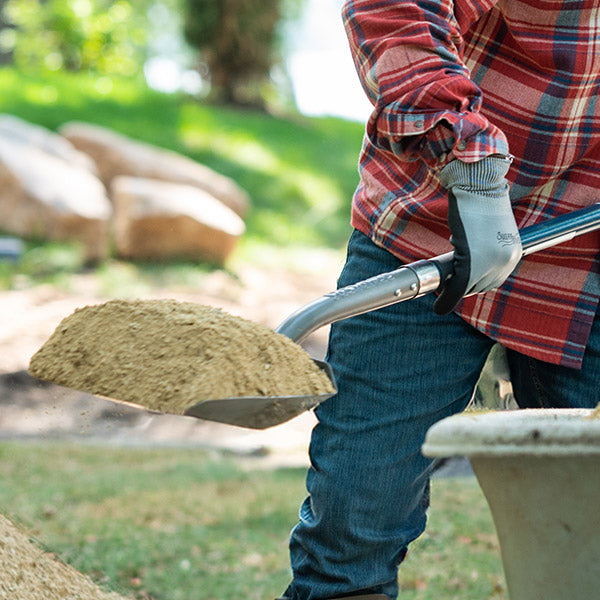Finding the best lopper for you
Why is it important?
Types of Lopper Blades
Most lopper blades are made of steel, with carbon-hardened steel being the best option. This type of blade stays sharp longer and is less likely to bend or nick over time. If pruning sap-producing trees, a blade coated with a non-stick material that resists sap and other sticky substances is recommended.
Bypass
Bypass loppers have blades on both levers that bypass each other to make a clean cut—just like scissors. They are best used to make clean angled cuts on live wood. Using a bypass blade on dead wood can sometimes jam and even bend the blades.
Anvil
An anvil lopper blade consists of a blade side that pinches wood against an anvil edge to make a cut—like a knife against a cutting board. An anvil lopper is best used on dead wood or to trim back branches before cleaning them up with a bypass lopper.
Replacement Blades
Another thing to consider when looking at loppers is if they have blades that can be replaced or re-sharpened. Typically, less expensive loppers do not offer replacement blades because it is more cost effective to replace the whole lopper than just a single part.
If you are looking for a lopper with blades that can be replaced, look for ones with a removable bolt that holds the blades together. This usually indicates that the blades can be replaced. To be certain there are replacement blades available for a particular lopper, check with the retailer or manufacturer before purchasing.
Shop for a Replacement Blade>
Length and Weight
Lopper handles come in many different sizes, most commonly ranging from 15" to 32". The length of the handle controls the amount of leverage—the longer the handle the greater the leverage. In most cases, though, the longer the handles the heavier the lopper. It is important to purchase a lopper with a length you can control and a weight you can manage.
Some loppers have telescoping handles. This allows the user to change the length of the handles to access hard to reach branches. Often times, telescoping handles are heavier than non-telescoping handles and the added weight can quickly fatigue the user.
Grips
Handle grips come in a range of sizes, shapes and materials. Some grips are "ergonomically designed" to fit the user's hands while others provide a softer grip to help cushion impact. Since not everyone holds loppers the same, the type of grip preferred may vary by user.
Cutting Capacity
The cutting capacity of loppers varies by manufacturer and model. Although you may be using a lopper that can cut a branch up to 2" in diameter, if the handles are too short, you may not get enough leverage to make the cut. If the handles are too long, you may not get them open far enough to get the branch between the blades.
When deciding on what type of lopper to use, consider the length of the handle against your own strength. In many cases, it is better to use a lopper that is lighter and has a smaller cutting capacity, and then go back and cut thicker branches with a pruning saw. Never attempt to cut larger branches than you can manage; this can cause injury to yourself and damage the lopper blades and handles.




